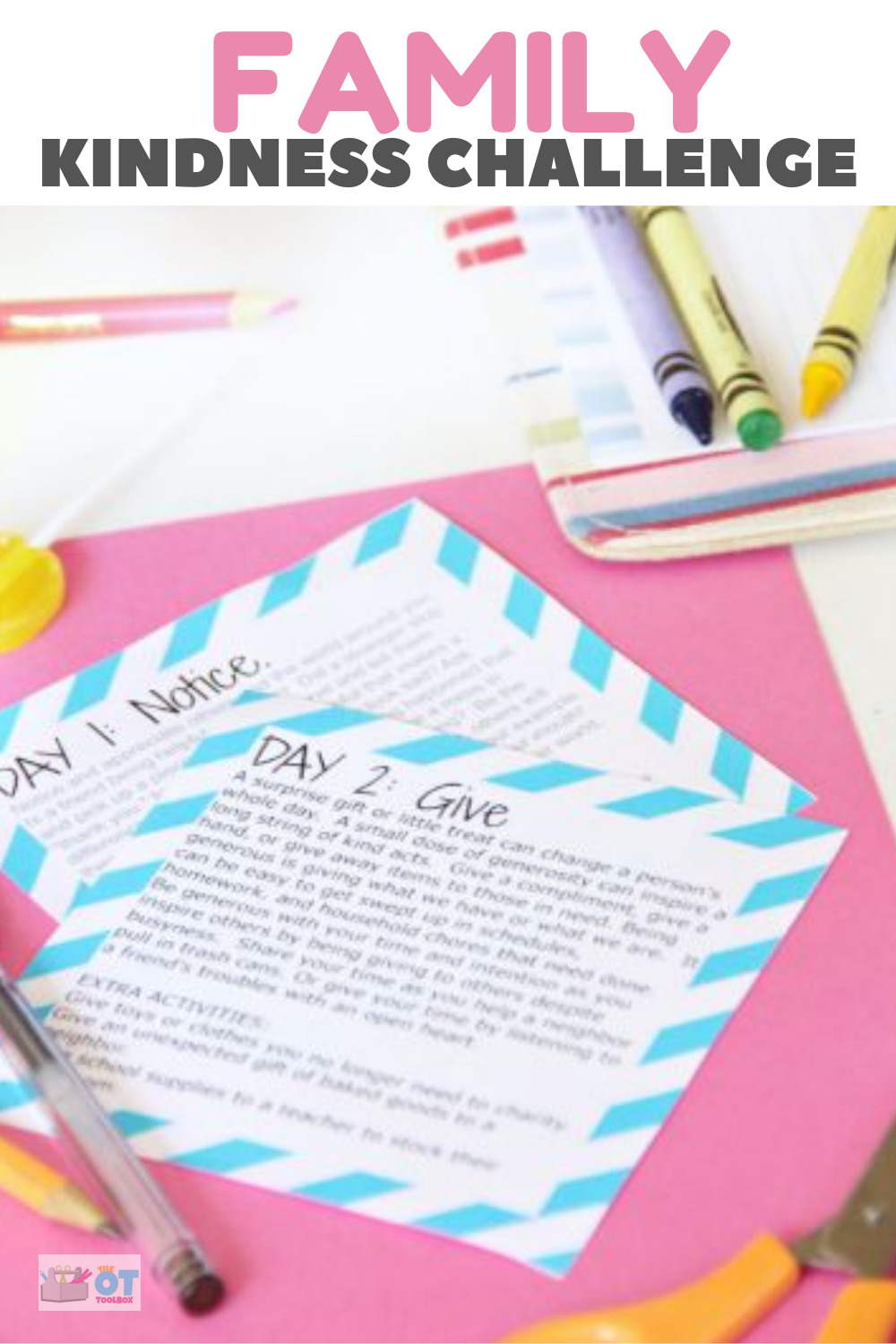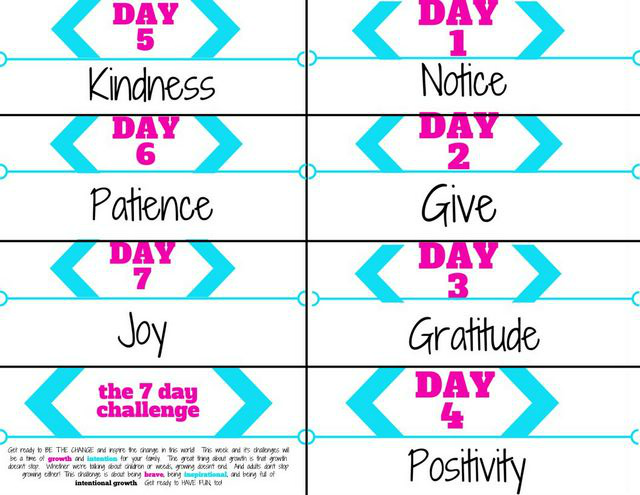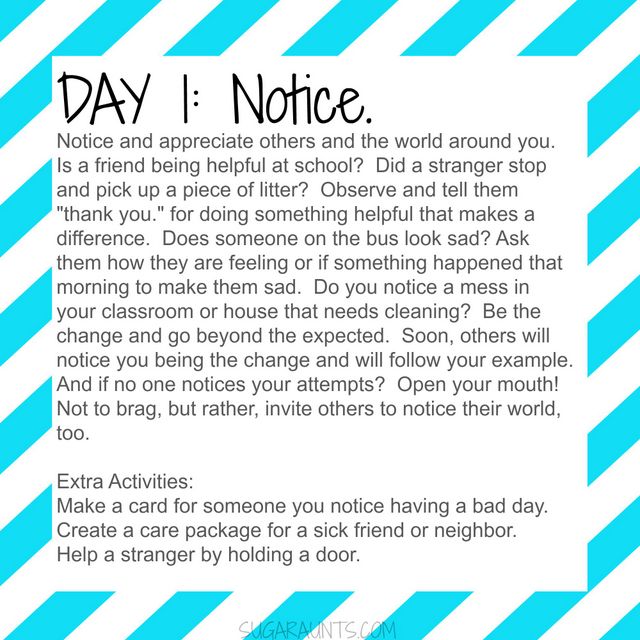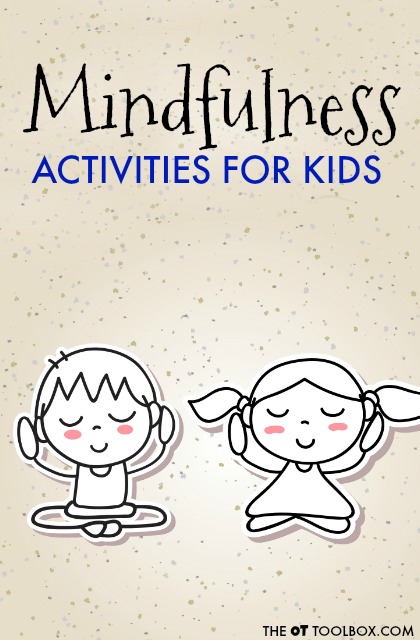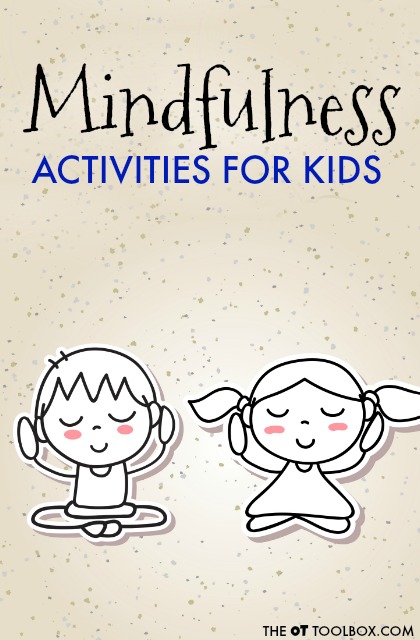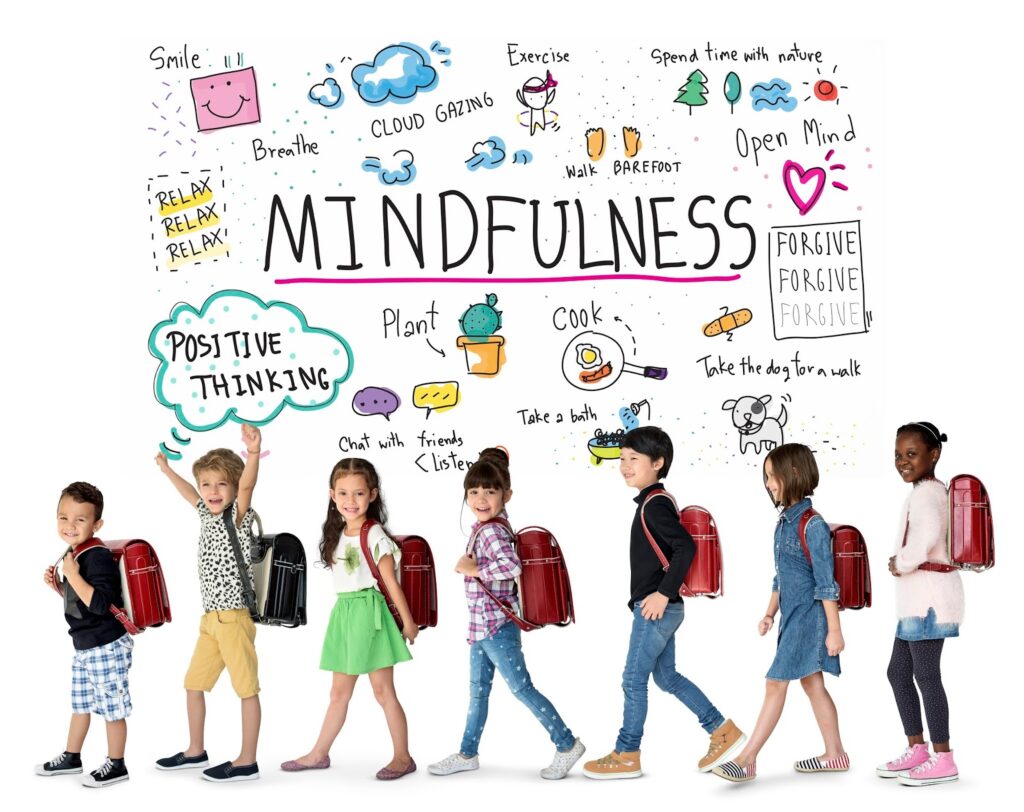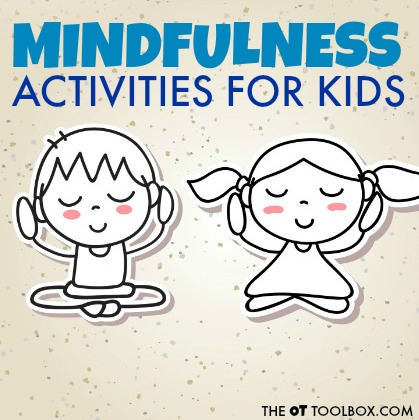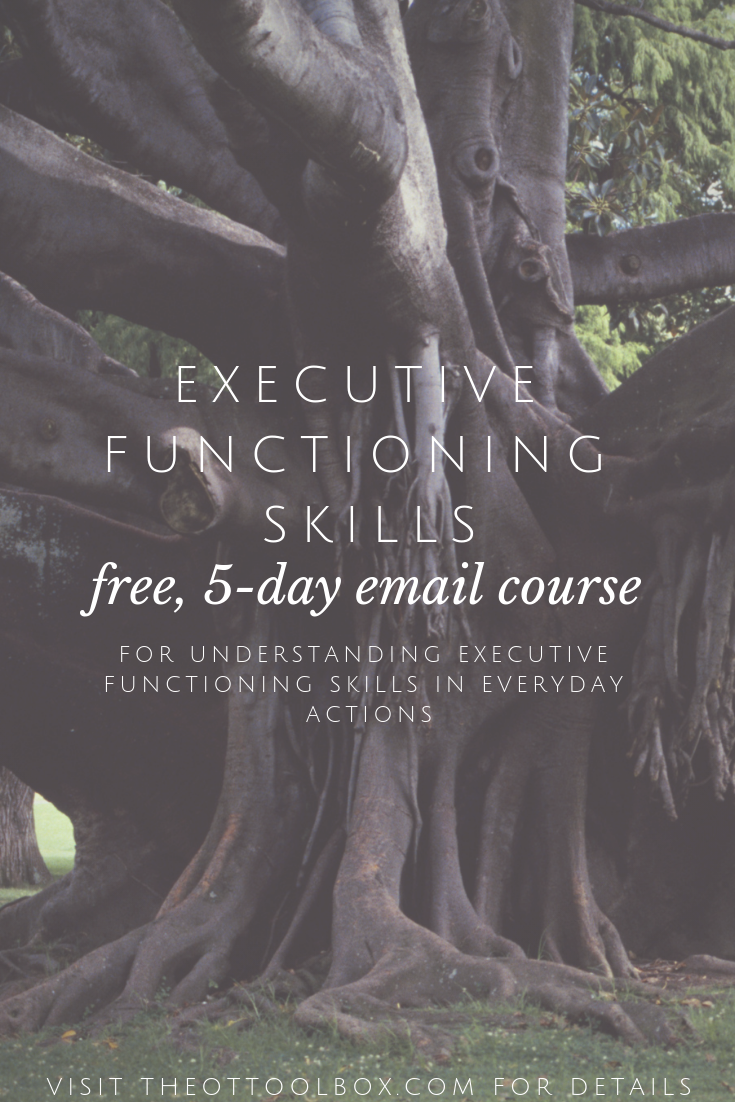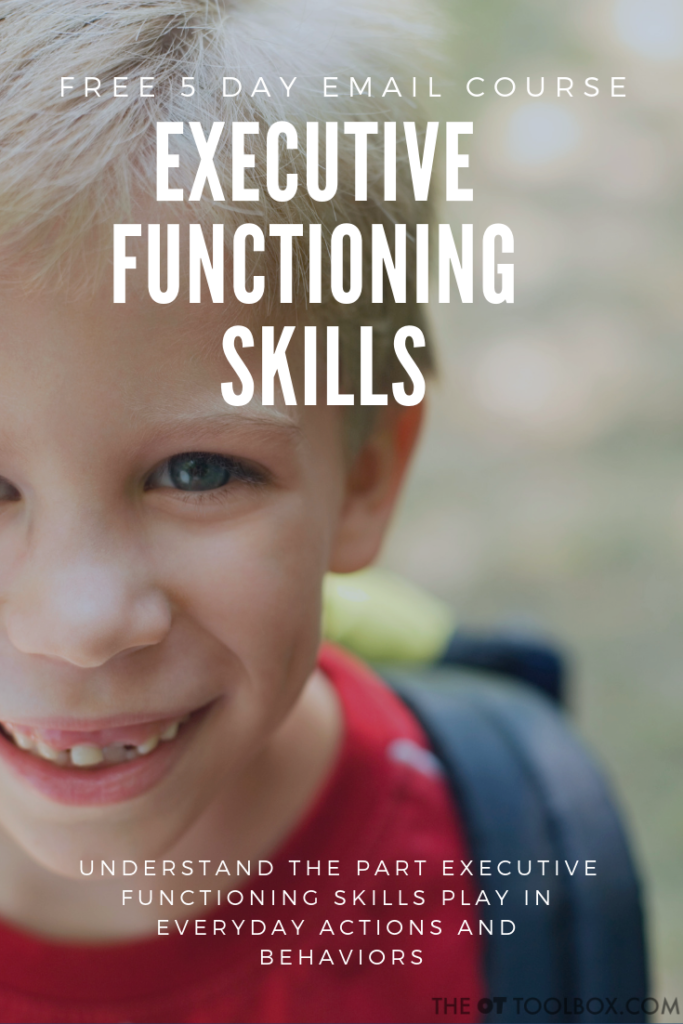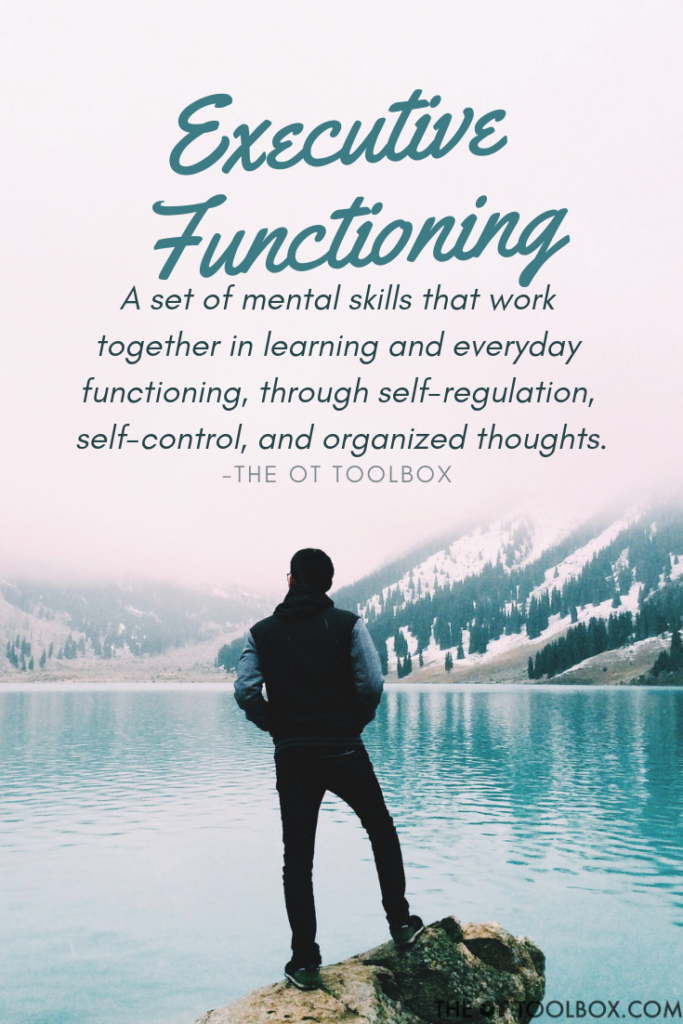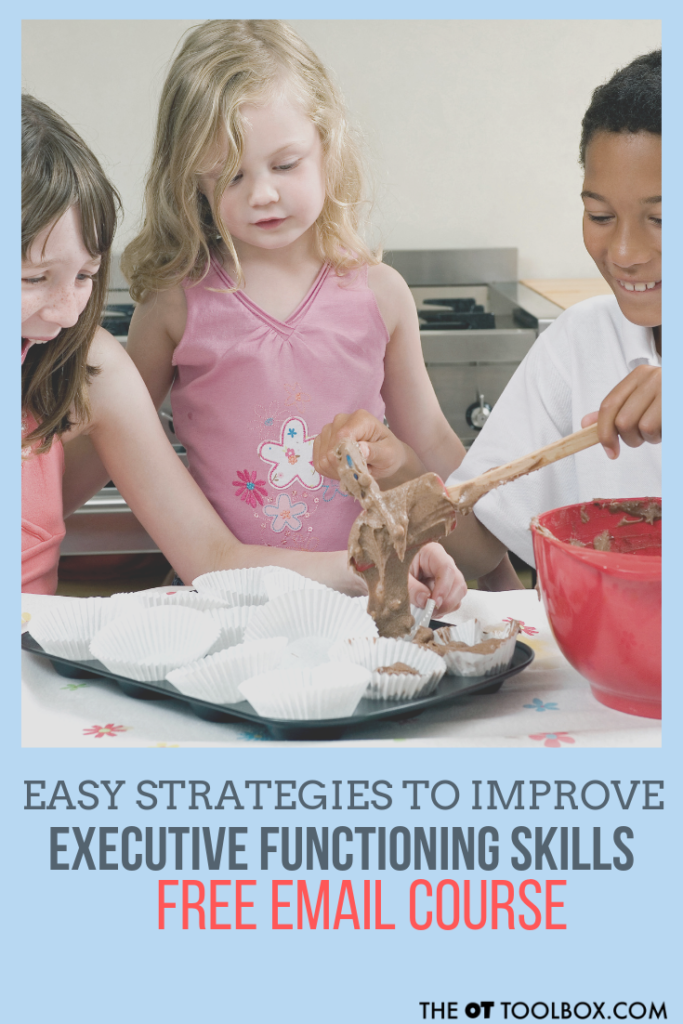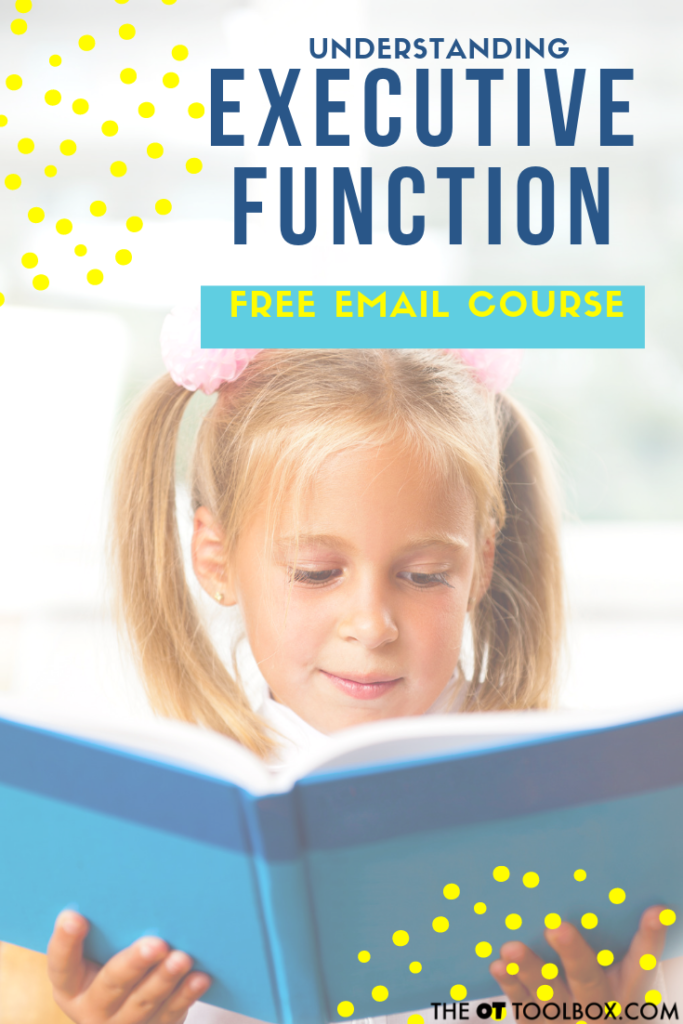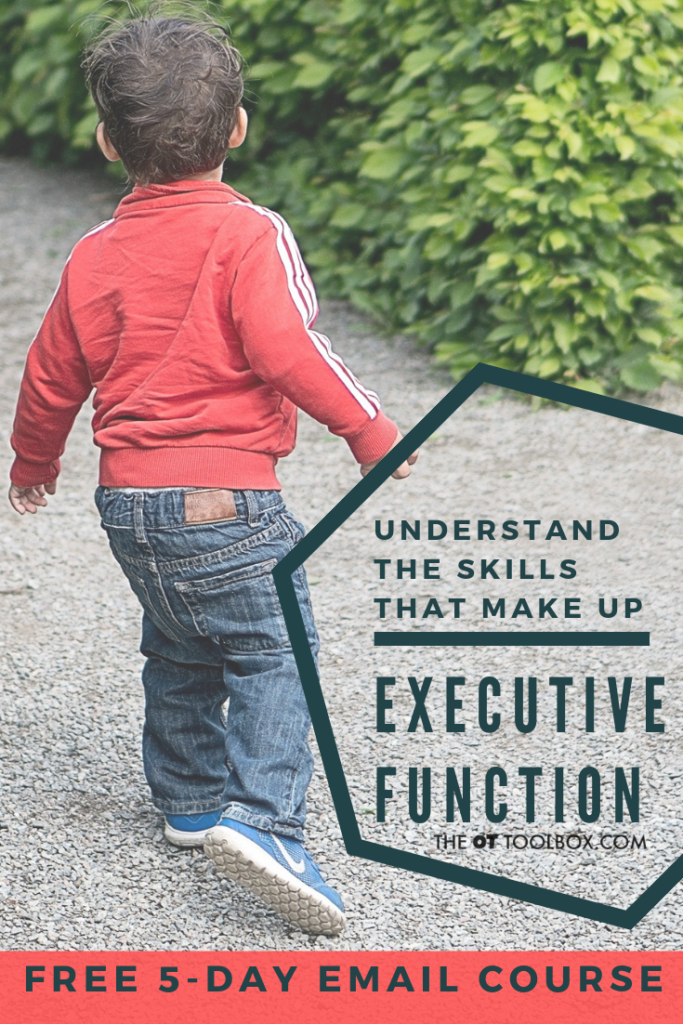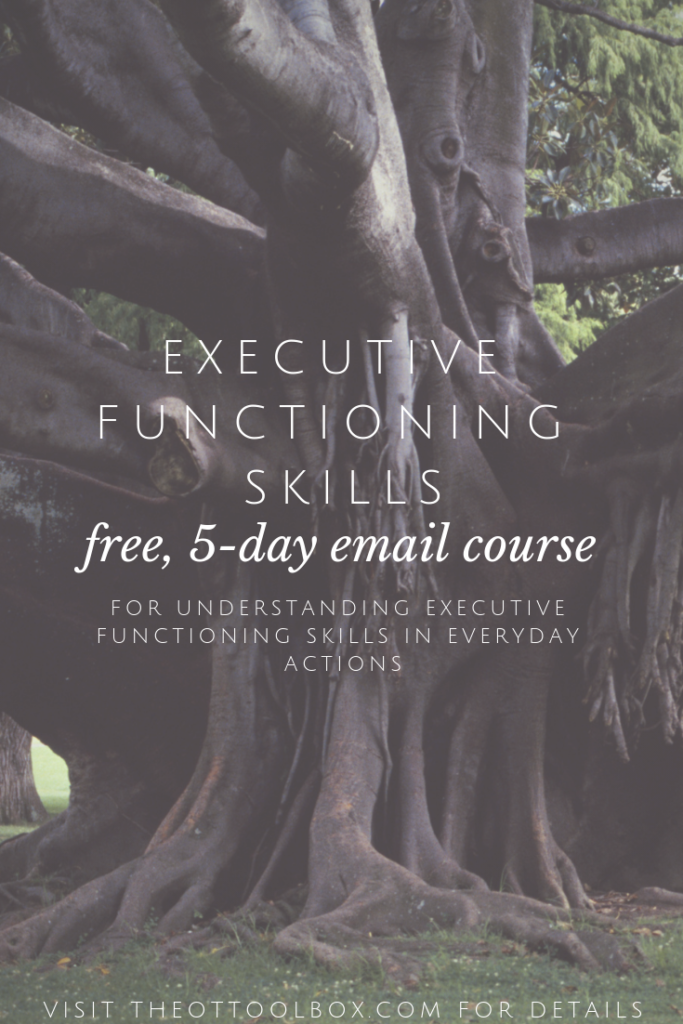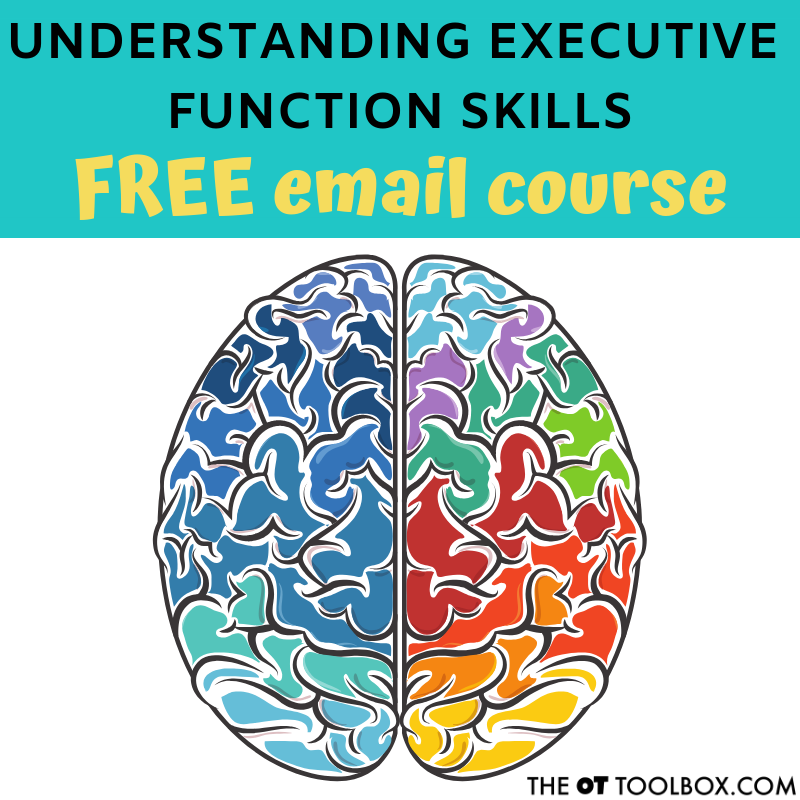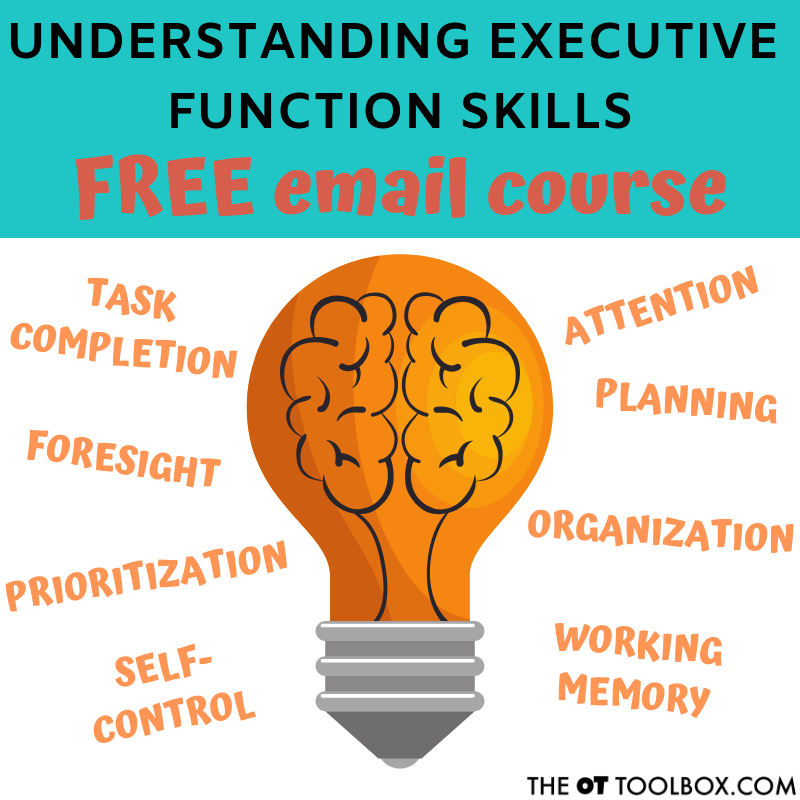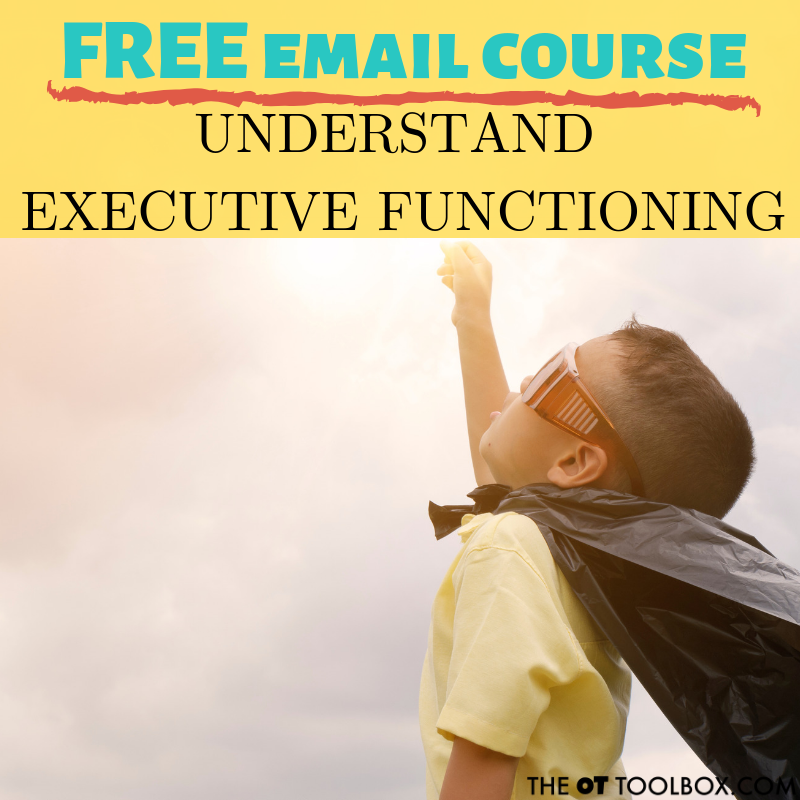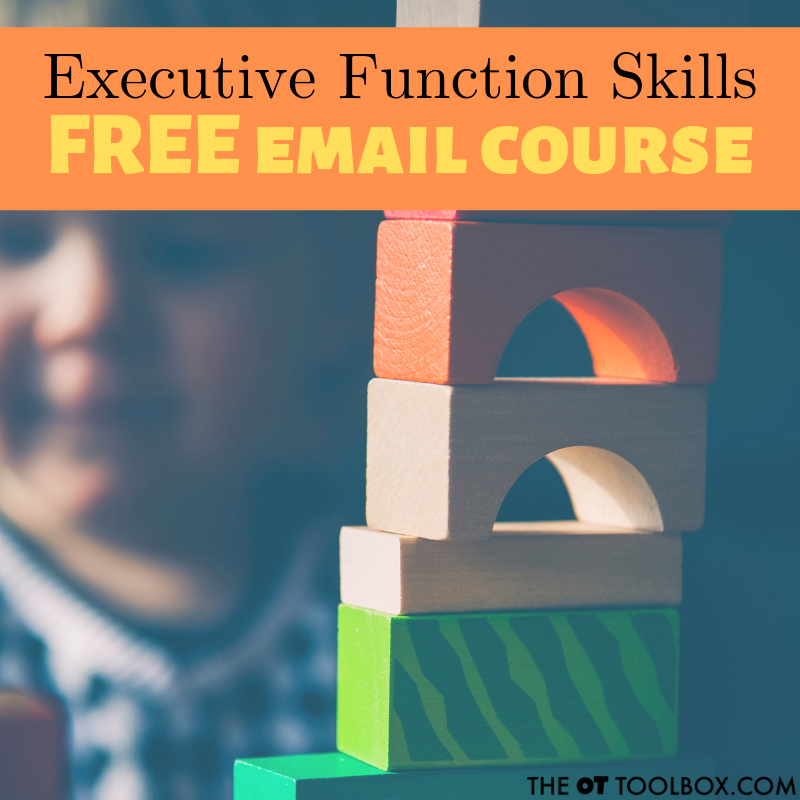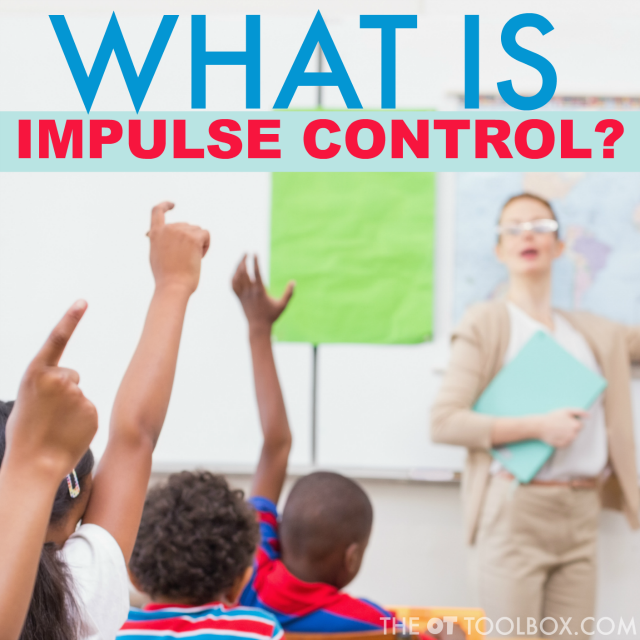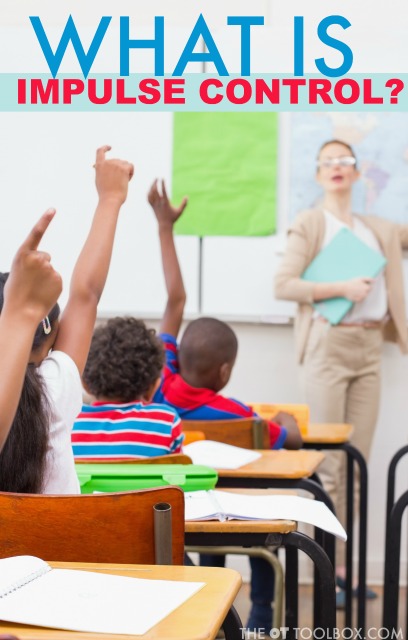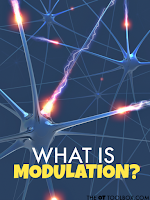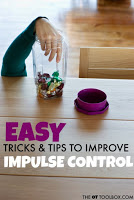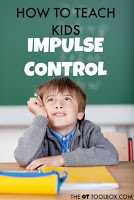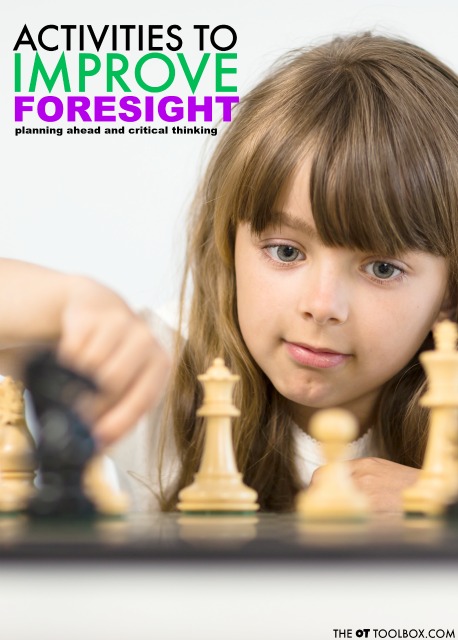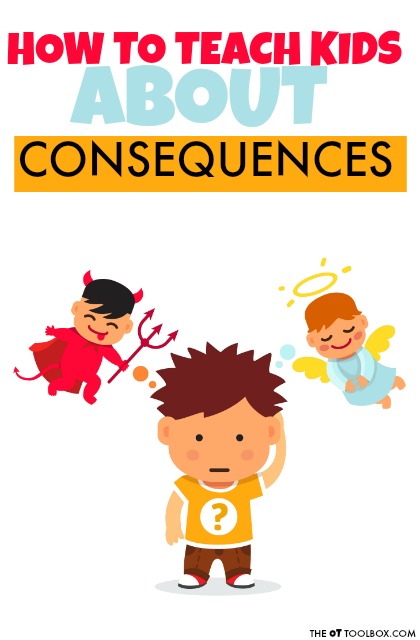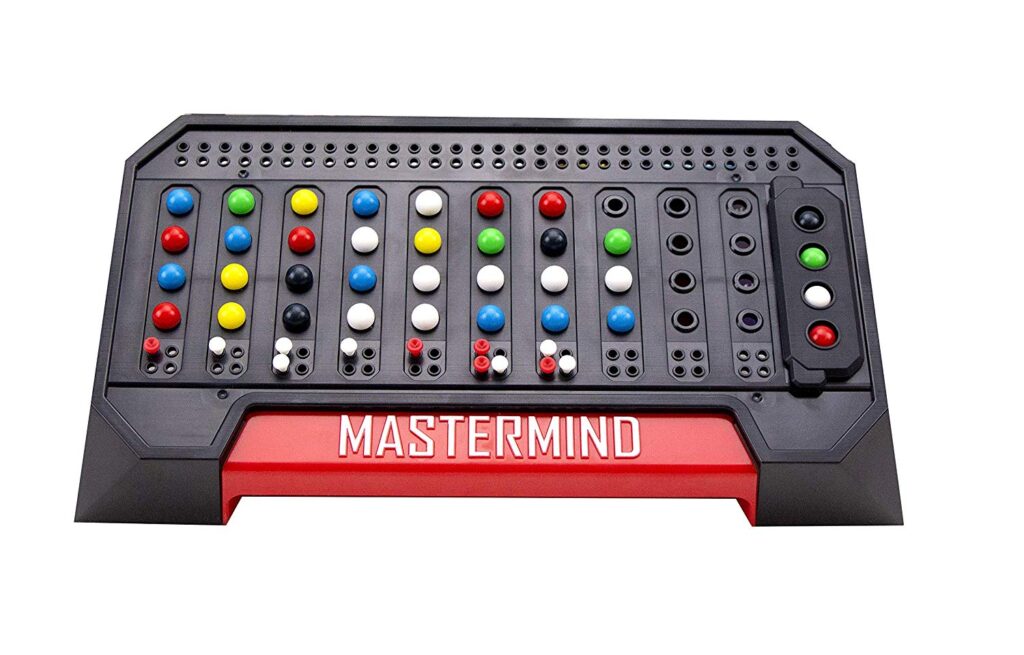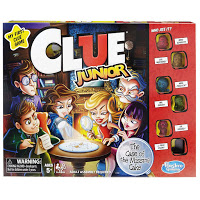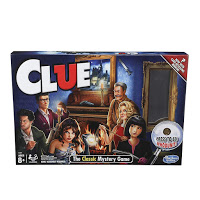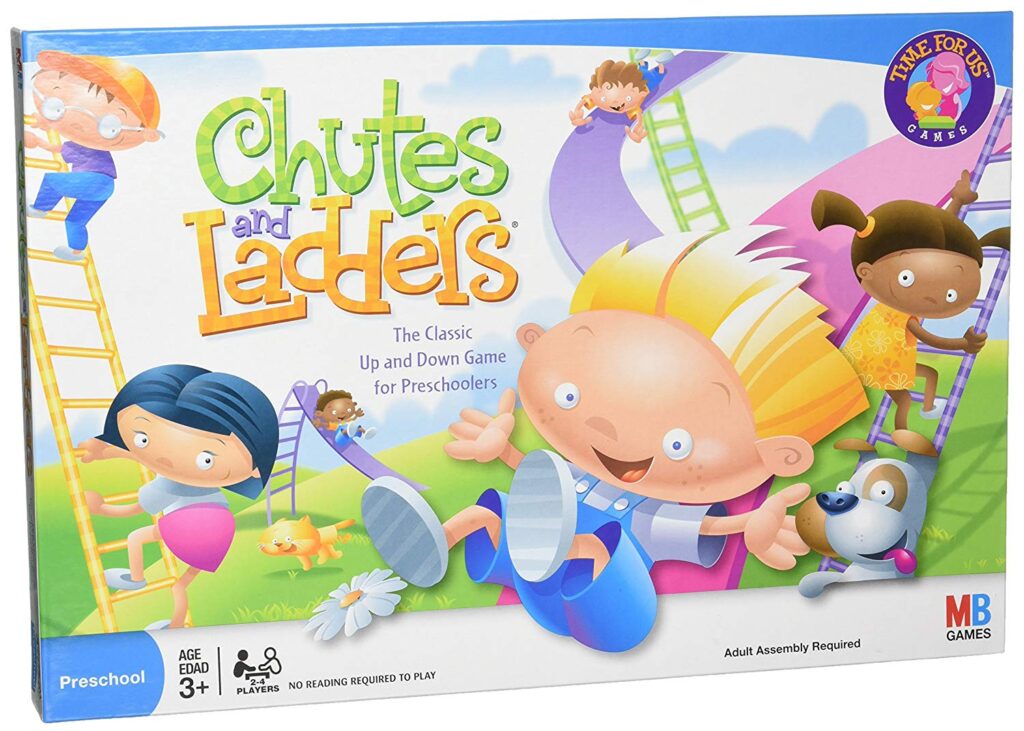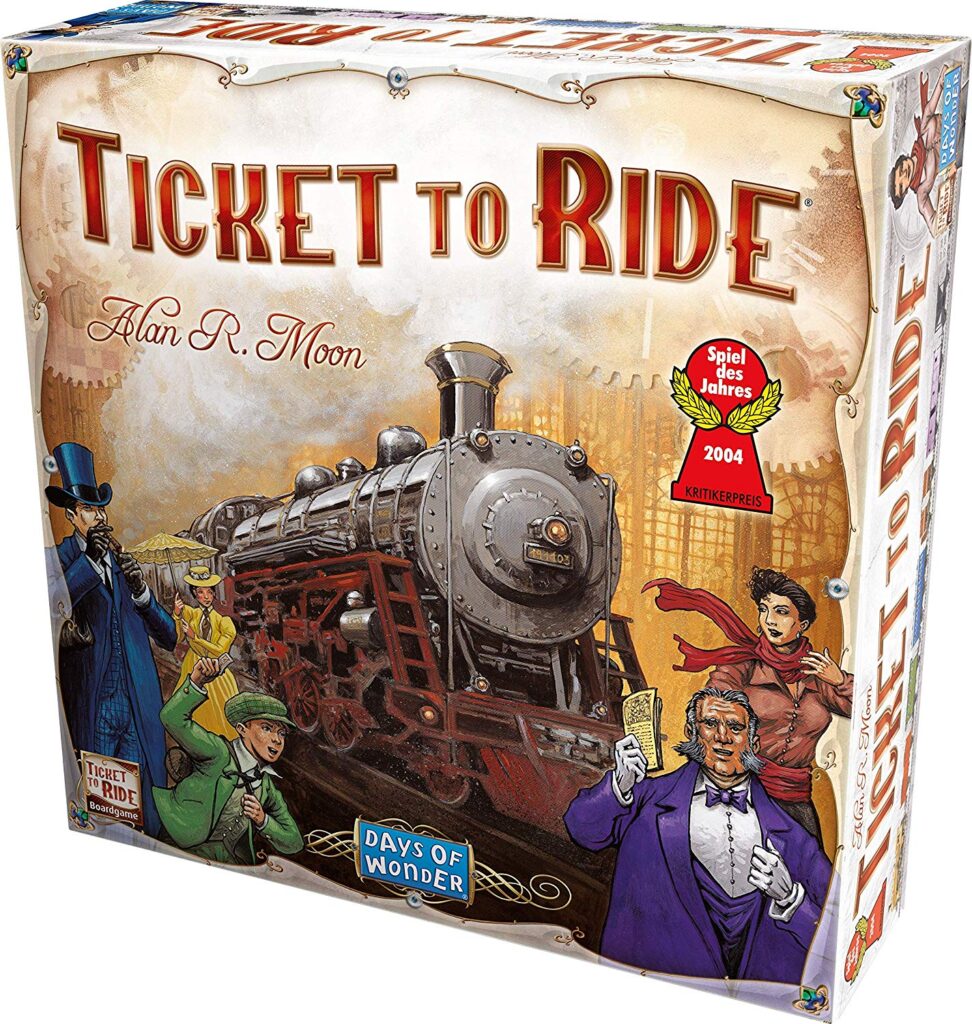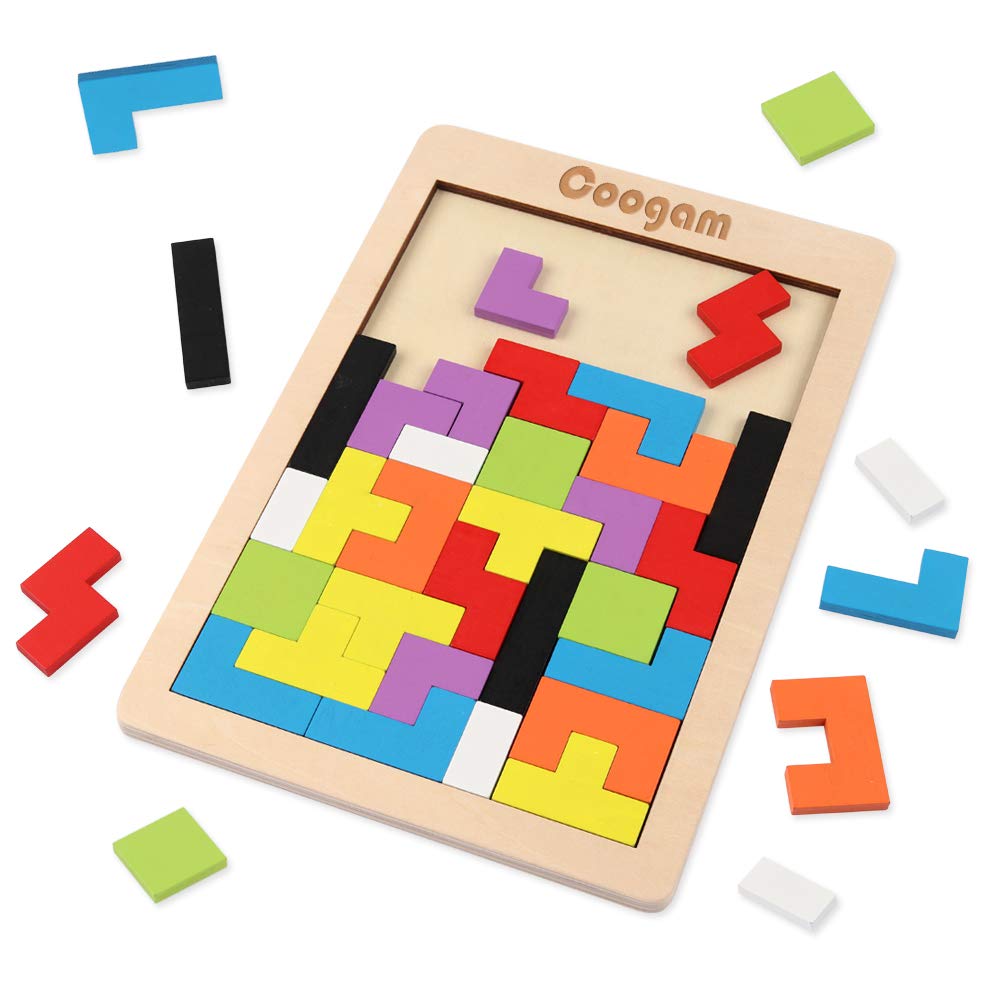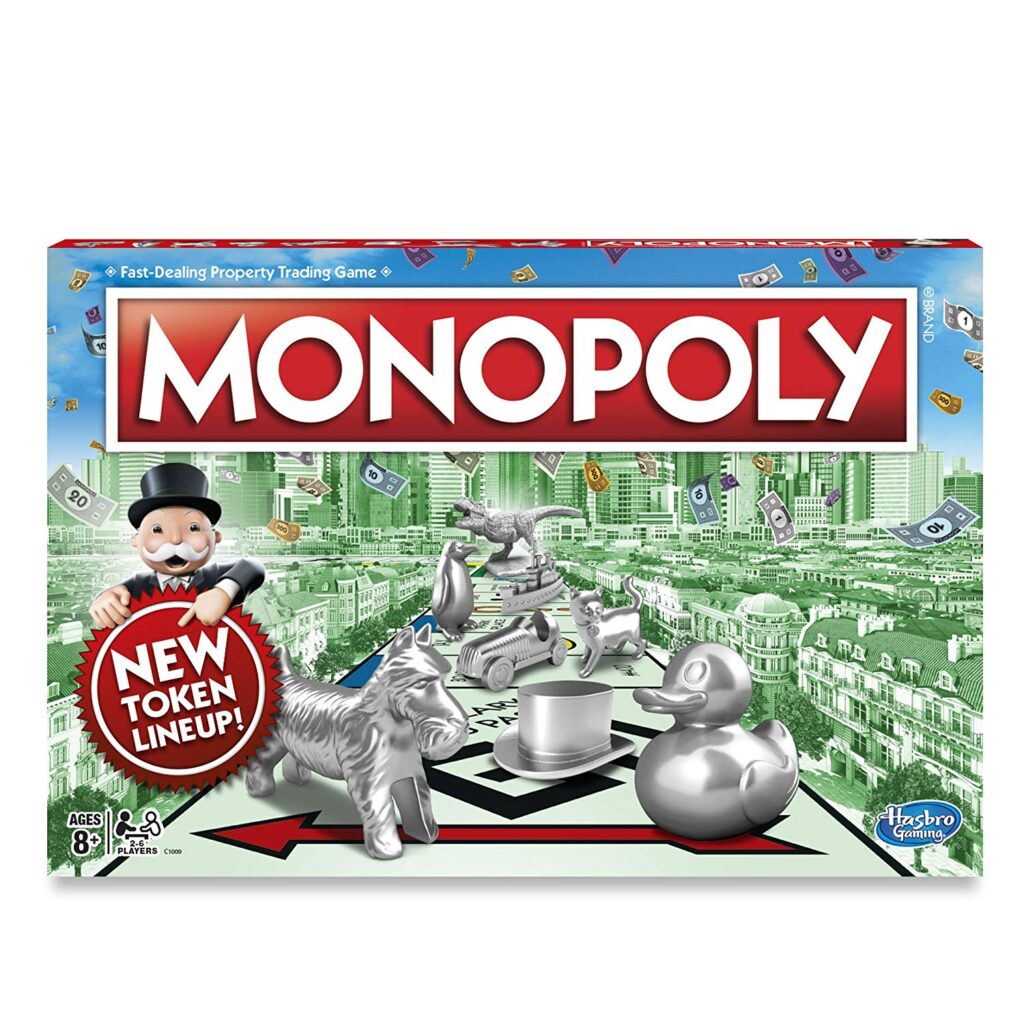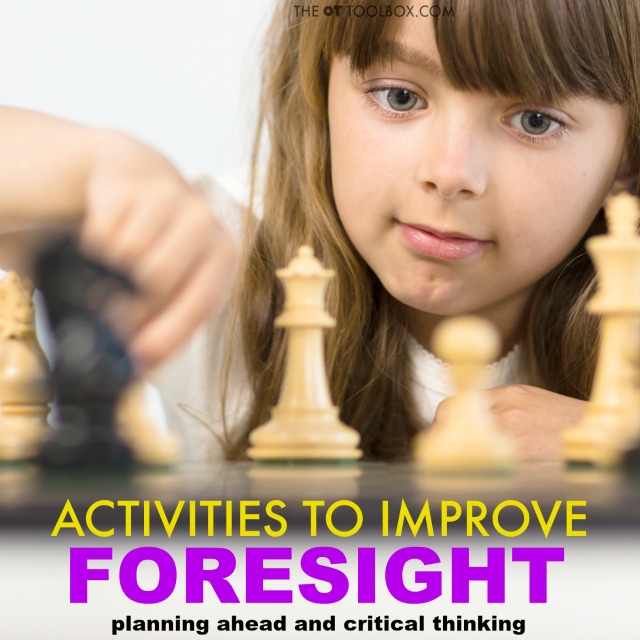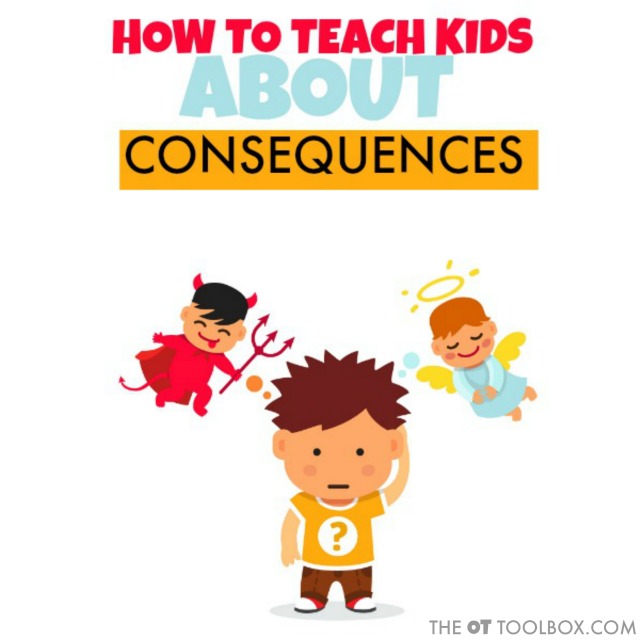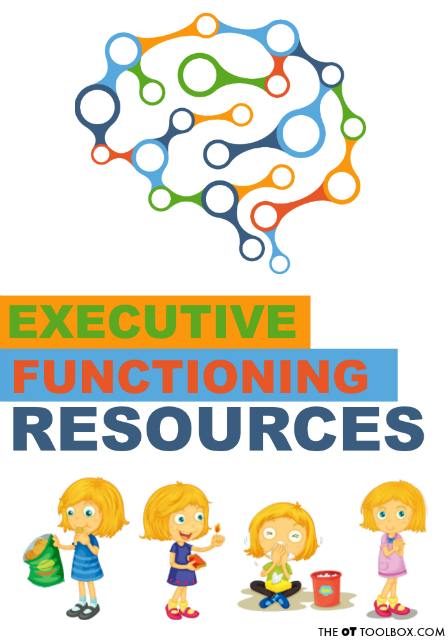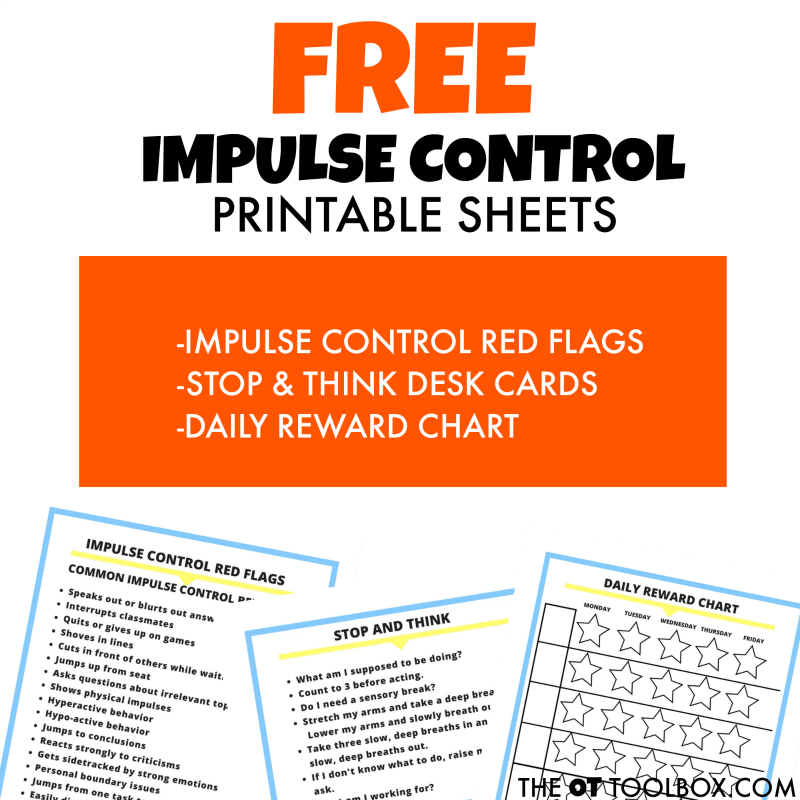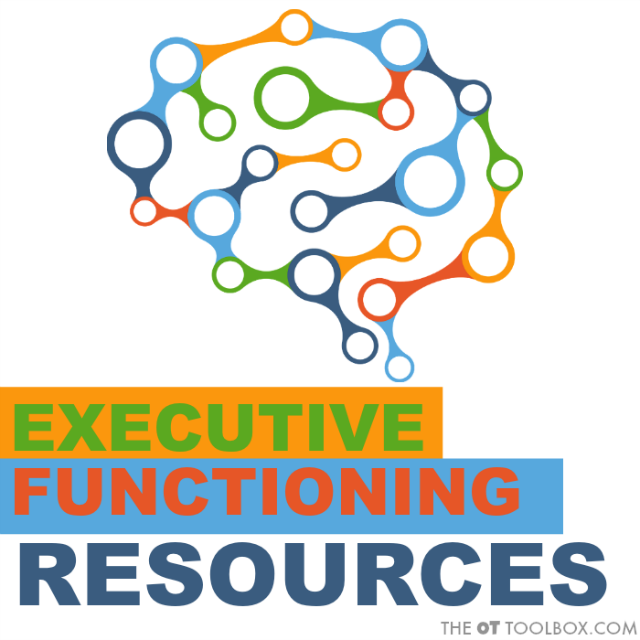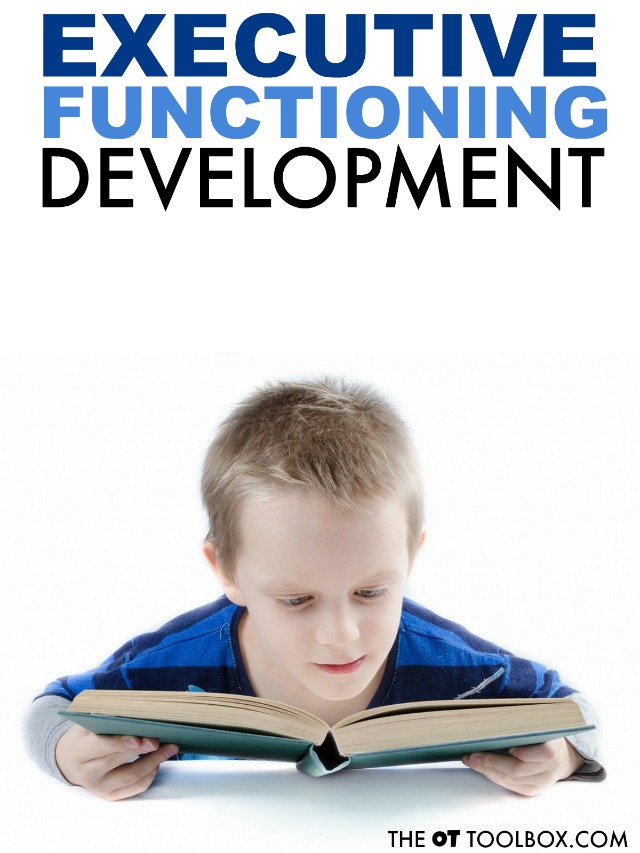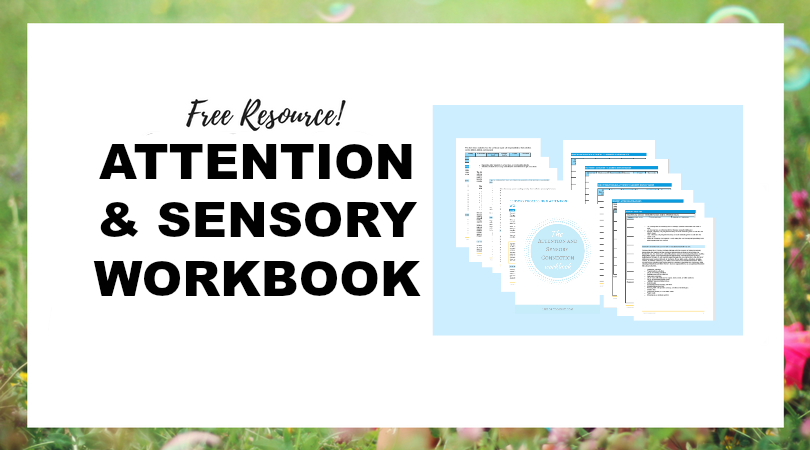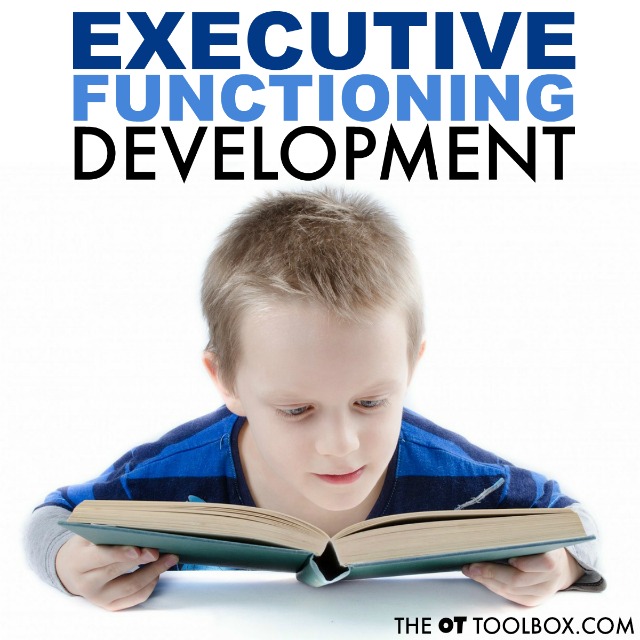I was reminded that November 11th is World Kindness Day. It seems that the world needs a lot of kindness at the moment! This 7 day kindness challenge is an old family challenge that I had on this website. Today, you’ll find a free family kindness challenge, with free printable challenge cards, and extra kindness ideas and activities that the whole family can use in random acts of kindness. It’s cool to be kind, right? Pass on kindness and challenge the whole family to spread kindness!
Kindness Challenge
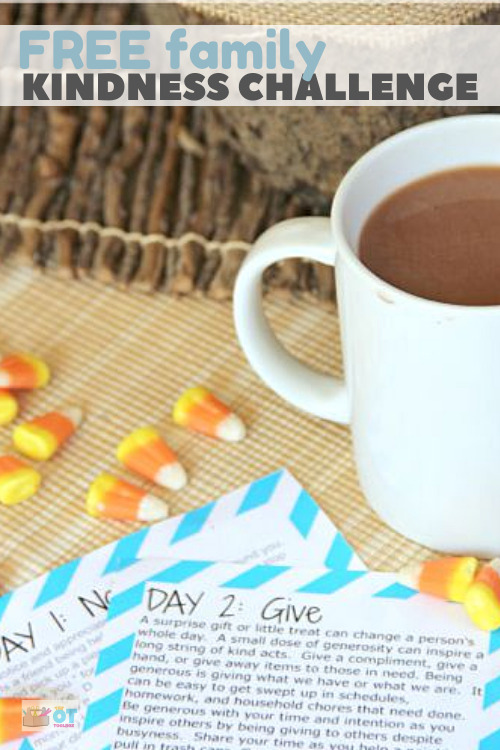
Going through the routines and schedules of family, work, school, commitments, family obligations, and all that being part of a family entails…it is exhausting. For families of young children, there might be online learning, middle of the night wake-ups, diapers, sticky fingers, crusty faces, and the general mayhem of family life. For parents of older children, it’s dealing with online learning, technology, and the daily changes of 2020! Motherhood is a beautiful and messy job.
Between all that is happening in the world and life in general, there can be moments of gratitude, empathy, laughter, snuggles and peace. Then there are the big whiffs of baby head and soft skin mixed with love. (Every Mom knows that scent, right??) The good hugely crushes the exhaustion and we keep going.
7 Day Kindness Challenge
When the outside world’s dangers and unpredictability nears the shelter of our homes, we can grow weary just when we need our strength…to smile through the difficulties. It is SO good to hear of positive work being done in the world. There are people who strive for kindness, bravely inspiring grace in the world. Our kids’ world needs the good.
We’ve got something very exciting to share today. Going on the theme of being the good in the world and inspiring others with kindness and graciousness, we’ve got a challenge for you. A challenge for your family. Make that a Challenge. (Capitalized makes it sound more “official”, right??) This is a Challenge for your family to take part in over 7 days, with kid-friendly kind acts and activities that will inspire good in you and good in others. Gratitude, joy, giving, kindness, awareness, patience, and a positive outlook can inspire others to be the good too. This is a short and easy challenge. One week of ideas that can be fit into your family’s schedules and needs. Get ready to inspire and be inspired.
But first, you’ll want to hear how we were inspired to inspire others!

To believe there is good in the world is to have ownership in that thought process and to be a part of the good. That’s what this family kindness challenge is all about. This is a challenge for your family, for kids, and for you to make a difference in small and meaningful ways, over a week’s time. This is one week challenge (because let’s face it, any longer than a week is a lot of commitment when it comes to family time and kids needs. Sometimes a commitment of 10 minutes is a lot to ask!)
The 7 Day Family Kindness Challenge
This challenge is simple. Gather your family and get ready to inspire and be inspired. Get ready to be the change and inspire the change in this world! Each day, you’ll open an envelope together as a family and inspire. Inspire each other, inspire others, and inspire yourself with good. Your week of challenges will be a time of growth and intention for your family. The great thing about growth is that growth doesn’t stop. Whether we’re talking about children or weeds, growing doesn’t end. And adults don’t stop growing either! This challenge is about being brave, being inspirational, and being full of intentional growth. Get ready to have fun, too!
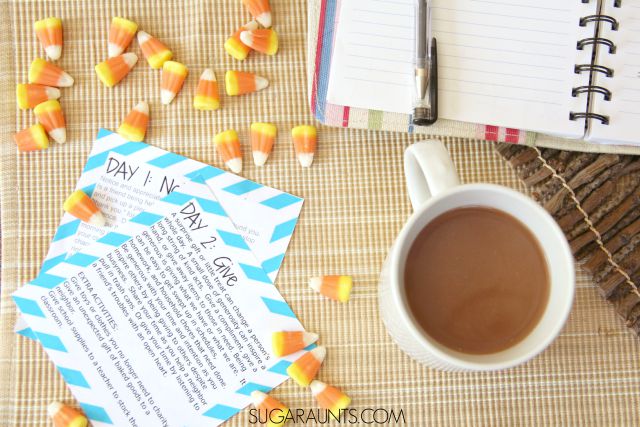
First, print out the sheet above.
Next, get your printable challenge cards (above). You can find and print off this sheet for free, along with the other cards needed for this free 7 day challenge. Grab those at the bottom of this blog post.
Cut along the black lines and fold each section into a long rectangle. Place these, along with the printable daily instruction cards into an envelope. Each day, gather as a family and read through the cards. Be sure to allow time to do each day’s activities. This doesn’t have to be a stressful–allow time to fill these activities into your schedule. Remember that passing along positive changes to others is intentional and brave. You are the change and it is starting with your family!
Print off this challenge card and all of the others in the 7 Day Family Challenge by entering your email HERE. You will be directed to your free printable. OR just read from the info below 🙂
Kindness Challenge DAY 1: Notice.
Notice and appreciate others and the world around you. Is a friend being helpful at school? Did a stranger stop and pick up a piece of litter? Observe and tell them “thank you.” for doing something helpful that makes a difference. Does someone on the bus look sad? Ask them how they are feeling or if something happened that morning to make them sad. Do you notice a mess in your classroom or house that needs cleaning? Be the change and go beyond the expected. Soon, others will notice you being the change and will follow your example. And if no one notices your attempts? Open your mouth! Not to brag, but rather, invite others to notice their world, too.
Extra Kindness Activities:
- Make a card for someone you notice having a bad day.
- Create a care package for a sick friend or neighbor.
- Help a stranger by holding a door.
Kindness Challenge DAY 2: Give.
A surprise gift or little treat can change a person’s whole day. A small dose of generosity can inspire a long string of kind acts. Give a compliment, give a hand, or give away items to those in need. Being generous is giving what we have or what we are. It can be easy to get swept up in schedules, homework, and household chores that need done. Be generous with your time and intention as you inspire others by being giving to others despite busyness. Share your time as you help a neighbor pull in trash cans. Or give your time by listening to a friend’s troubles with an open heart.
Extra Kindness Activities:
- Give toys or clothes you no longer need to charity.
- Give an unexpected gift of baked goods to a neighbor.
- Give school supplies to a teacher to stock their classroom.
We made candy jars and gifted them to neighbors and teachers.
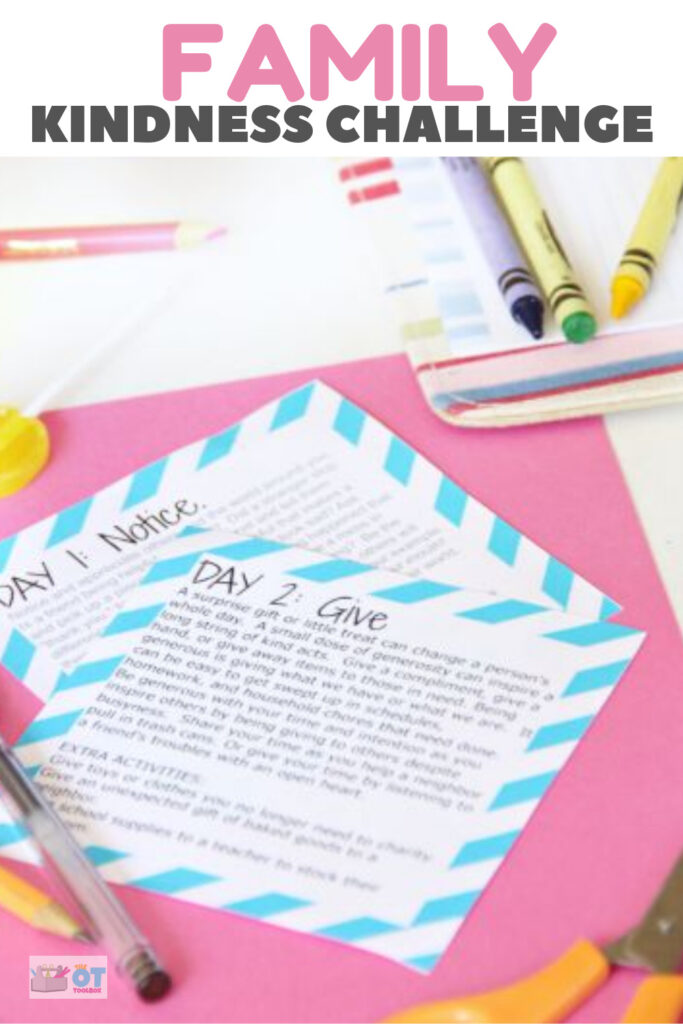
Kindness Challenge DAY 3: Gratitude.
Thanking someone lets a person know that you appreciate them. When a person feels appreciated, they know they have a purpose and are loved. Showing gratitude can be as simple as saying “Thank you.” to someone for letting you go first. Don’t let an opportunity to show gratitude pass by without being a change, though–Look the person you are thanking in the eye and smile! Or show gratitude in a bigger way by writing a card with a drawing or words that show your appreciation. Tell them that they’ve made a difference in your life. Leaving a positive imprint on someone can change the whole course of their day and those they come in contact with. EXTRA
Extra Kindness Activities:
- Thank your postal worker for their hard work. Give them a glass of water or a snack.
- Thank your teacher. They work hard and many days, get little appreciation. Thank them with a jar of candy or a small gift along with a word of thanks.
- Start a Gratitude Journal. Each night before bed, write down a few things that you are thankful for. This could be done as a family or individually.
Kindness Challenge DAY 4: Positivity.
Plant positivity in the lives of those around you with a smile and by going the extra mile. A small dose of positivity spreads. And a simple thing like a smile can inspire a wildfire of positive actions around you. Smile as you hold a door for someone. Compliment someone today with genuine words and leave conversations on a positive note. Being positive requires bravery. Choose to make a difference and inspire another person’s positive attitude as you hold open every door you come across today. Smile at and greet people as they come through.
Extra Kindness Activities:
- As you sit down to dinner, go around the table and name 3 positive things that happened for each person that day. Discuss accomplishments and how you can help others in your family accomplish their goals.
- Listen to a friend with a positive attitude. If you notice negative words or complaining, turn it around with optimism. Help your friend turn a big problem into a series of smaller, accomplish goals by writing down strategies to help.
- Draw a family collage of happy thoughts. Each family member can add to the artwork by drawing pictures and writing down things that make them happy. Hang the collage art in a place that is always seen, like the living room wall. You can even frame it!
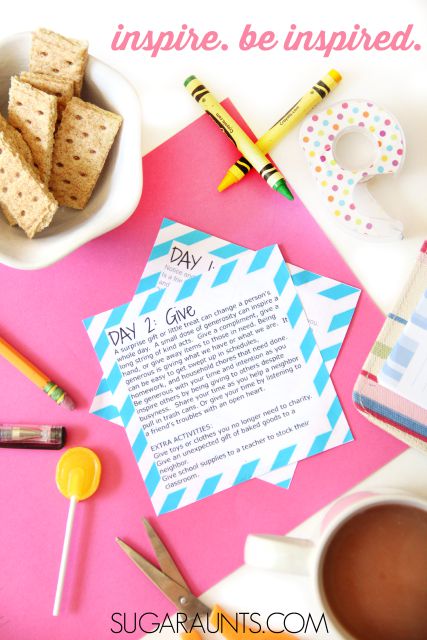
Kindness Challenge DAY 5: Kindness.
Small and random acts of kindness can change a person’s whole day. It is easy to do a kind act or say kind words to others in a way that will allow them to grow and spread kindness. It can be as simple as showing kindness to creatures by feeding the birds in your neighborhood or sharing bubbles with children at the park. You can do many acts of kindness together as a family.
Extra Kindness Activities:
- Deliver flowers to a neighbor you don’t know that well.
- Donate books to the library.
- Write kind notes for siblings.
Kindness Challenge DAY 6: Patience.
Being patient can be hard! When a friend just isn’t listening to what you have to say, when a child demands attention with a tantrum, or when a driver blows their horn at you on the highway…patience is self-control in difficult situations. Showing patience can have a real impact on other’s behavior and attitudes, though. Today, purposefully and intentionally pause before speaking to others. Ask yourself if you have a thoughtful and patient response. They may not realize you are exercising patience in your interactions, but your meaningful words will resonate.
Extra Kindness Activities:
- Plant seeds together as a family. Talk about how we need patience to wait for the plant to grow. Water your plant every day!
- Talk about times when you must be patient as a family: waiting in line at the grocery store, waiting for a doctor’s appointment, or waiting for an upcoming fun event. How can you make these times of waiting more tolerable? Make an action plan for situations where patience is required.
Kindness Challenge DAY 7: Joy.
The best thing about this 7 day Family Challenge is that doing and being aware, giving, gracious, positive, kind, and patient will lend itself to joy. You will see joy in others around you and in yourself as you make and are the change in others. By helping and doing kind acts for others, you will find that joy doesn’t come from what you own. It is helping others. Showing gratitude for blessings and blessing others is joy. Your challenge for today is to show joy just by being you. Be brave and intentionally spread joy through kindness. How can you extend this seven day challenge to additional days in small and meaningful ways?
Extra Kindness Activities:
- Turn someone’s negative outlook into joy with a kind word, a small gift and word of thanks, or patience.
- Create Joy Art: Use watercolors, paints, and markers to create a work of art depicting joy. What means joy to you? Talk with your family about what Joy means to each family member and how possessions are not real sources of joy.
I recently saw a quote that really inspired me.
“Nearly every moment of every day, we have the opportunity to give something to someone else- our time, our love, our resources. I have always found more joy in giving when I did not expect anything in return.”-S. Truett Cathy

Get all of the challenge cards for free to print off and challenge your family again and again in these inspiring and brave ways.
Be intentional and be remarkable! Lick here to GET YOUR PRINTABLE 7 DAY CHALLENGE CARDS by entering your email. You’ll be added to our newsletter mailing list and will receive occasional emails from us with our latest blog posts.
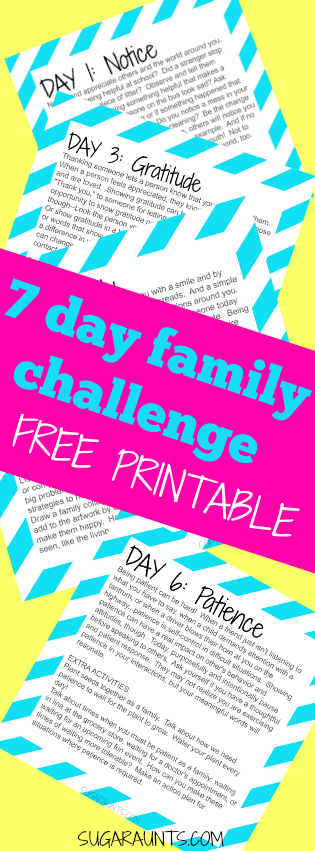

Colleen Beck, OTR/L has been an occupational therapist since 2000, working in school-based, hand therapy, outpatient peds, EI, and SNF. Colleen created The OT Toolbox to inspire therapists, teachers, and parents with easy and fun tools to help children thrive. Read her story about going from an OT making $3/hour (after paying for kids’ childcare) to a full-time OT resource creator for millions of readers. Want to collaborate? Send an email to contact@theottoolbox.com.


